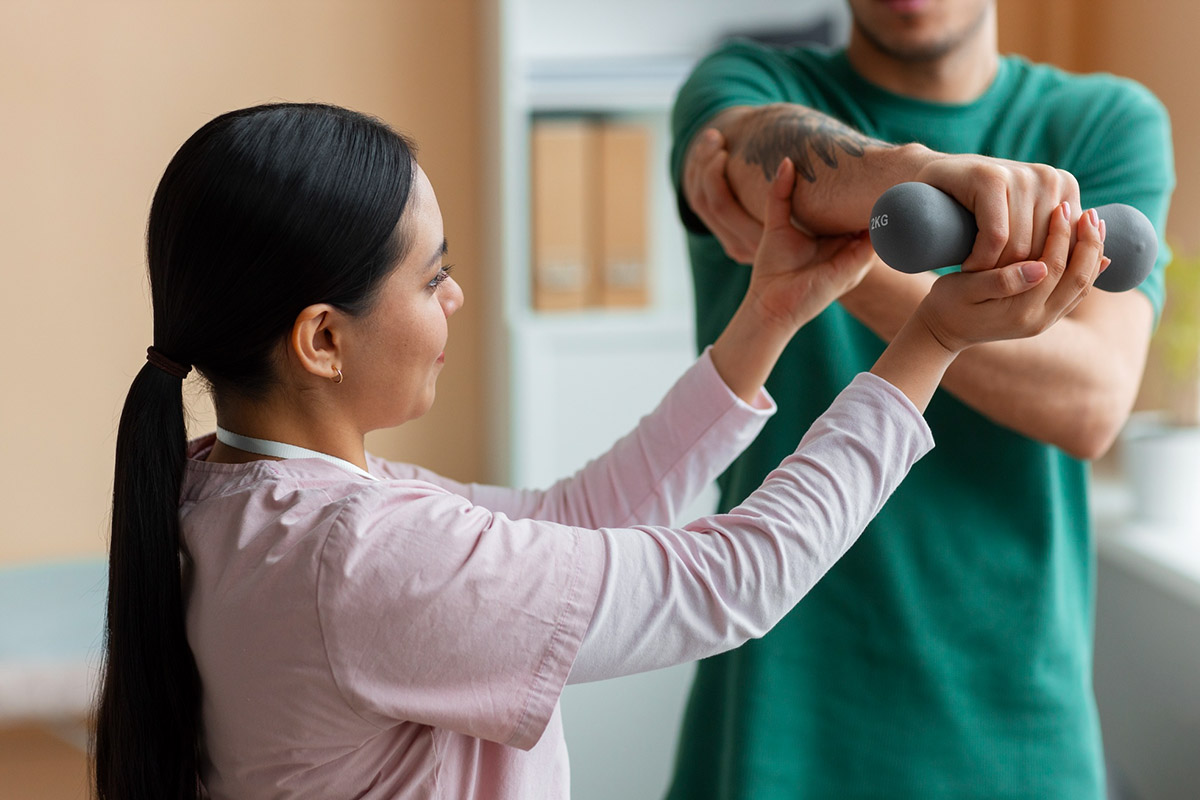
What is Tennis Elbow?
Tennis Elbow, medically known as Lateral Epicondylitis, is a painful condition caused by overuse or repetitive stress on the forearm muscles and tendons, typically due to gripping, lifting, or twisting motions.
Despite the name, it’s not limited to tennis players. It affects anyone who frequently uses their arms and hands — from IT professionals and housewives to construction workers and athletes.
Common Symptoms
- Pain or burning sensation on the outer side of the elbow
- Weakened grip strength
- Discomfort during lifting, twisting, or holding objects
- Pain worsens with repetitive hand or wrist activity
- Stiffness or tenderness in the elbow
Causes & Risk Factors
- Repetitive wrist extension (e.g., typing, using tools)
- Poor ergonomics or technique in sports or work
- Aging and reduced tendon flexibility
- Excessive gripping or lifting movements
Our Treatment Approach at Physio Absolute
We focus on relieving your pain, restoring function, and preventing recurrence through evidence-based and personalized physiotherapy.
1.Pain Relief & Inflammation Reduction
- Ultrasound therapy, TENS, IFT, and cold therapy
- Gentle manual therapy to reduce muscle tightness and tendon irritation
2. Activity Modification & Ergonomic Advice
- Identify and correct aggravating movements
- Educate you on proper techniques and posture at work or in sports
3. Strengthening & Flexibility Exercises
- Progressive forearm muscle strengthening
- Stretching exercises to improve flexibility and tendon healing
4. Dry Needling & Taping (if required)
- Advanced techniques to reduce muscle tension and support healing
5. Progressive Return to Activity
- Gradual, guided return to full hand and arm function without pain
Faq
It may subside over time, but physiotherapy speeds up recovery and prevents recurrence.
Most patients experience significant improvement in 4–6 weeks with guided therapy.
Rest helps initially, but targeted treatment is essential for full recovery and long-term relief.
